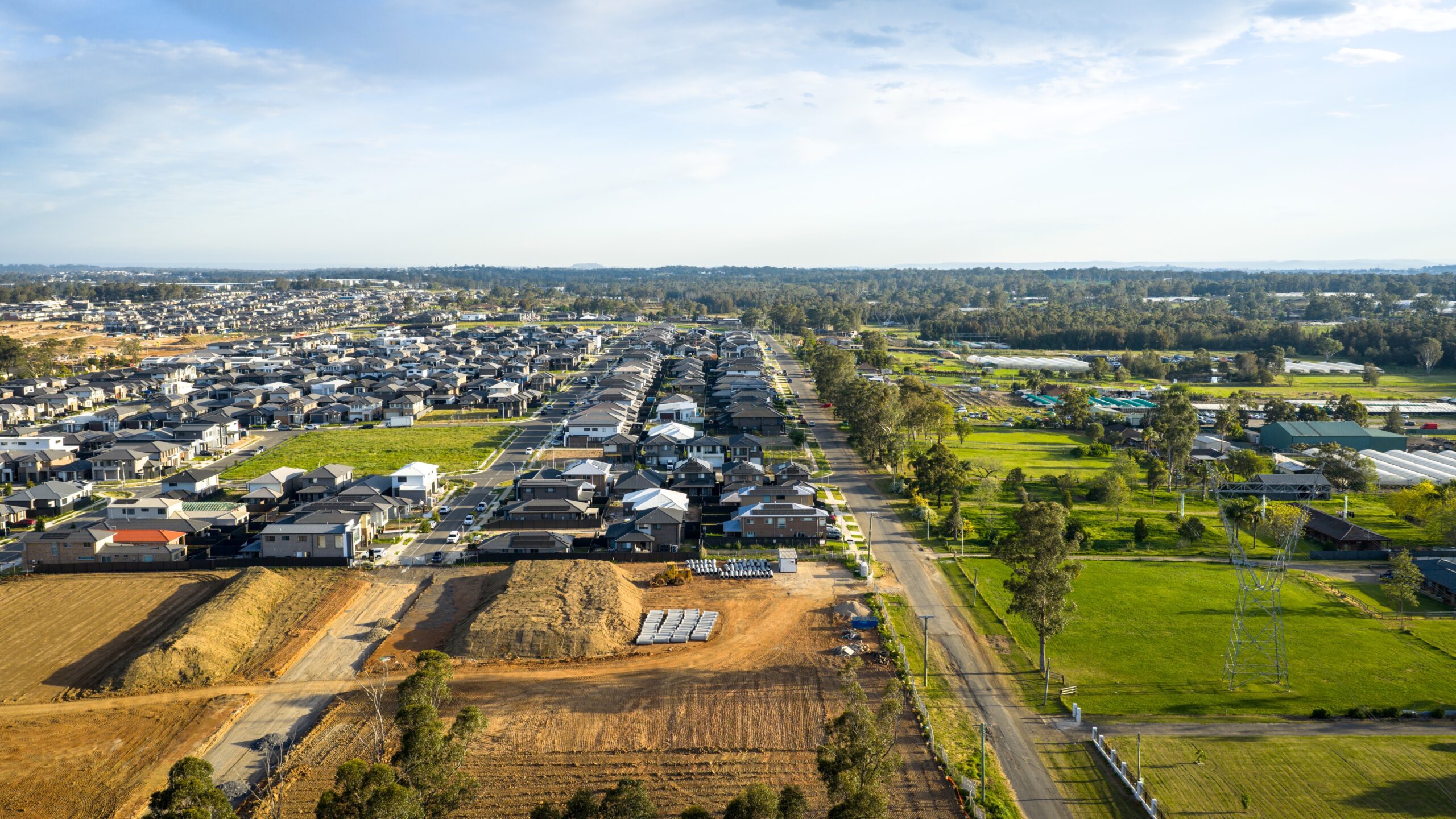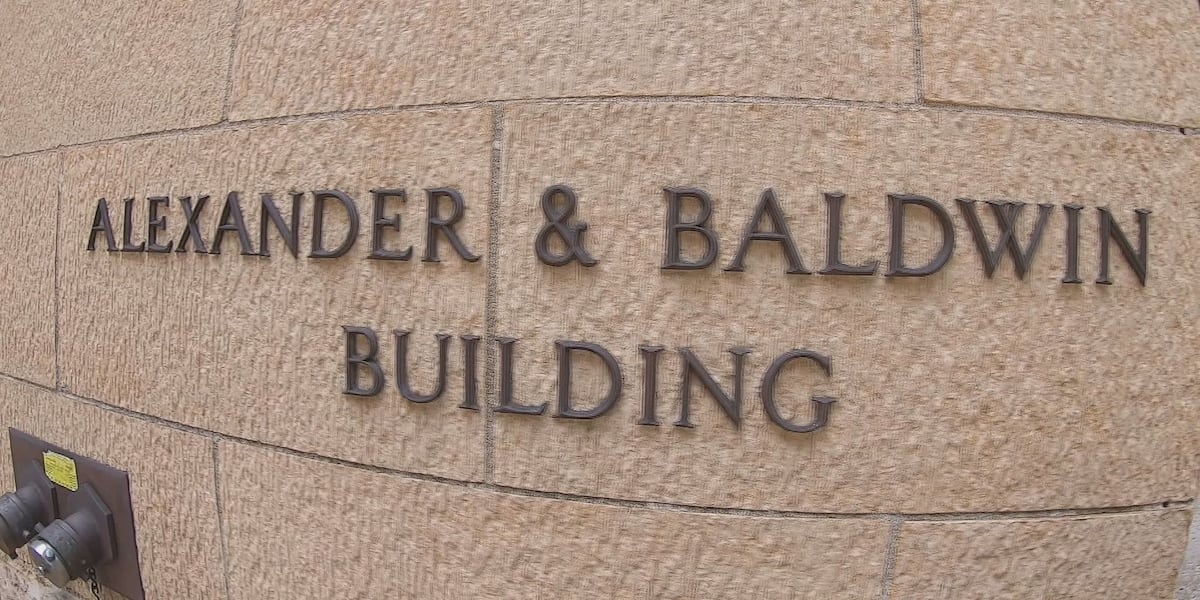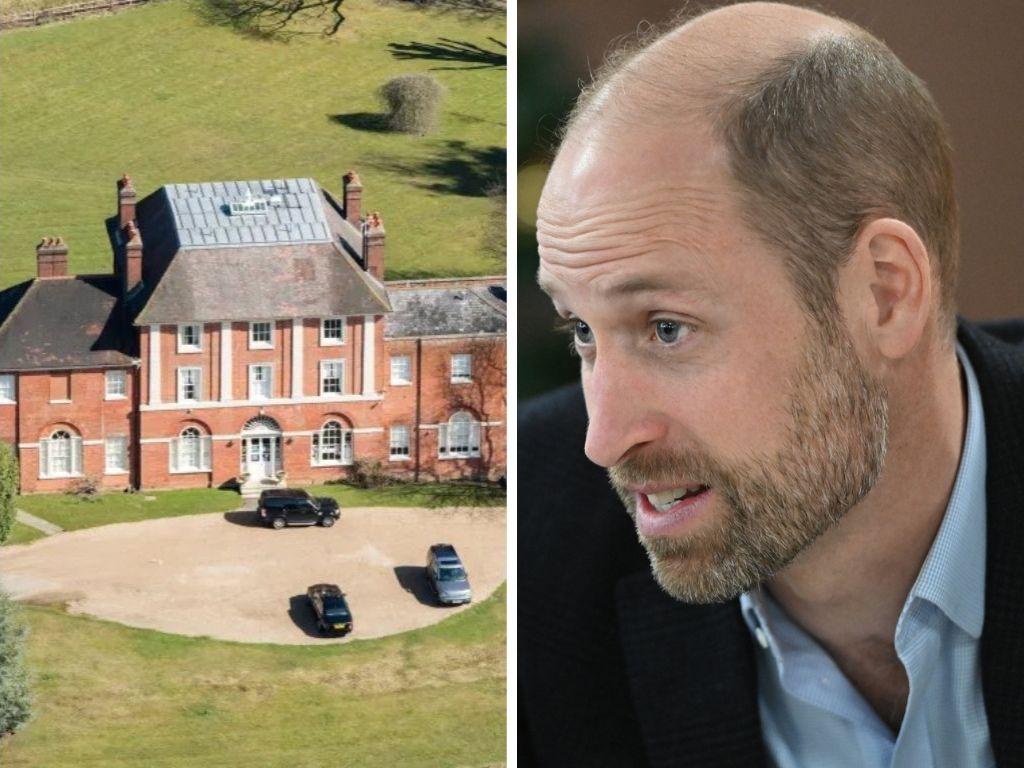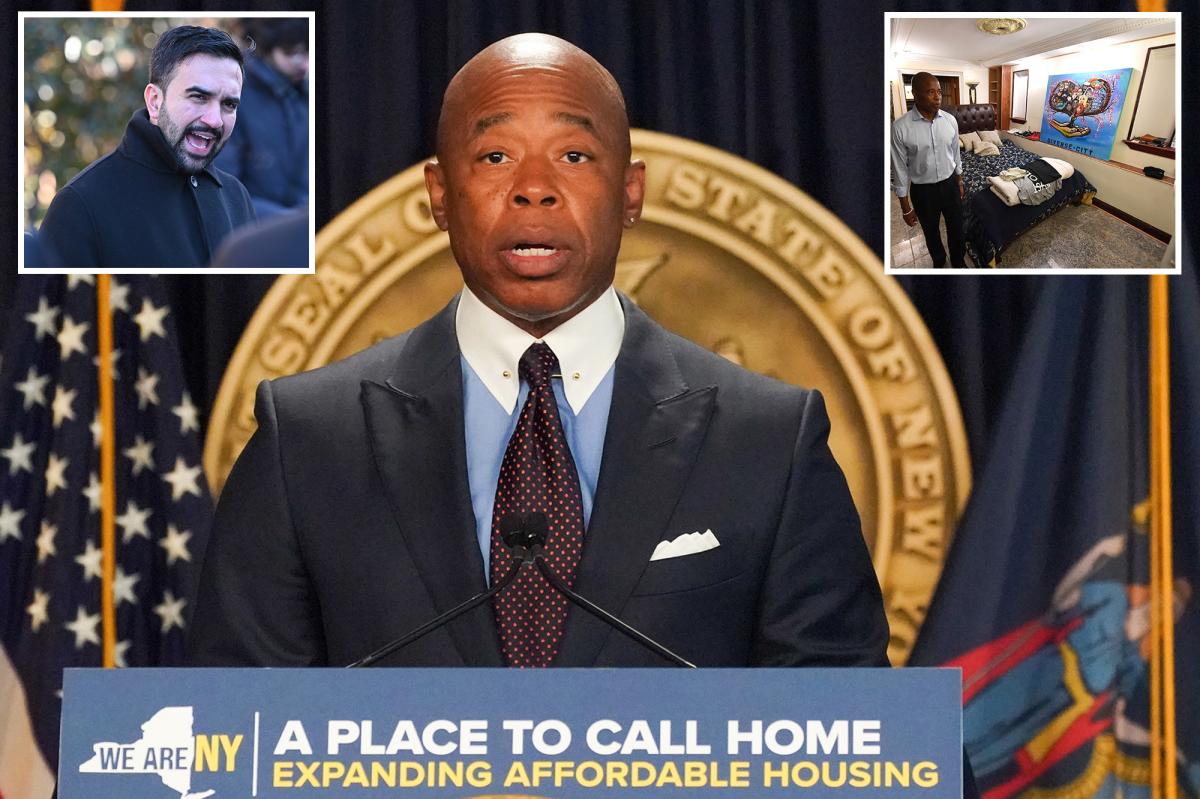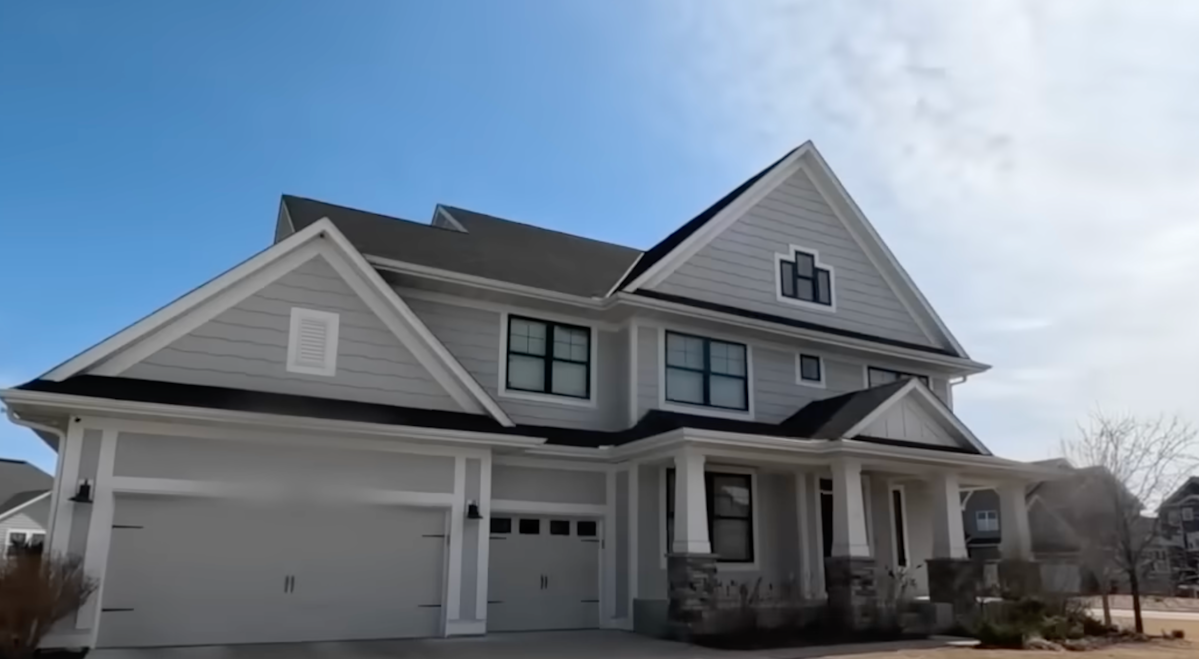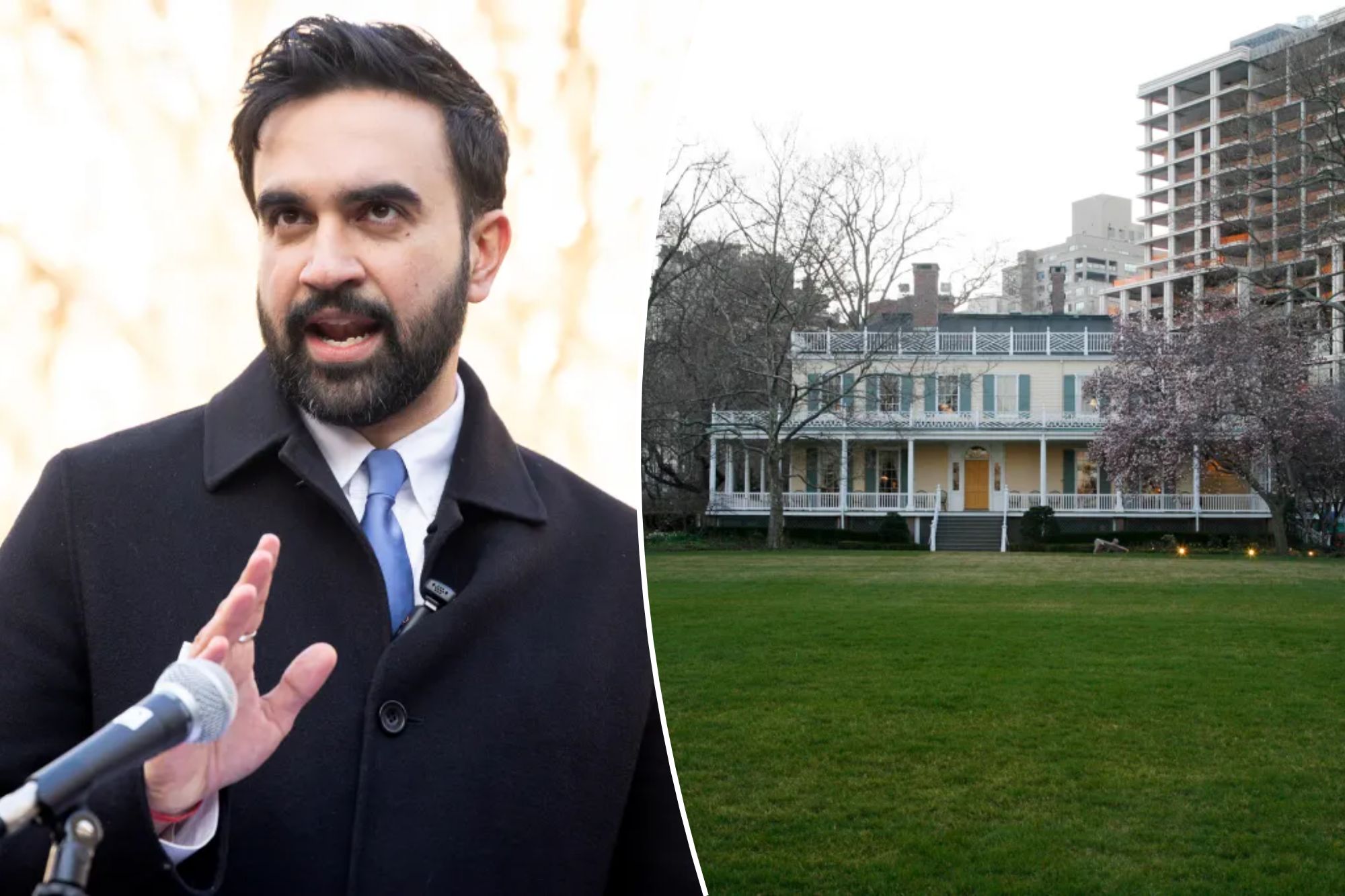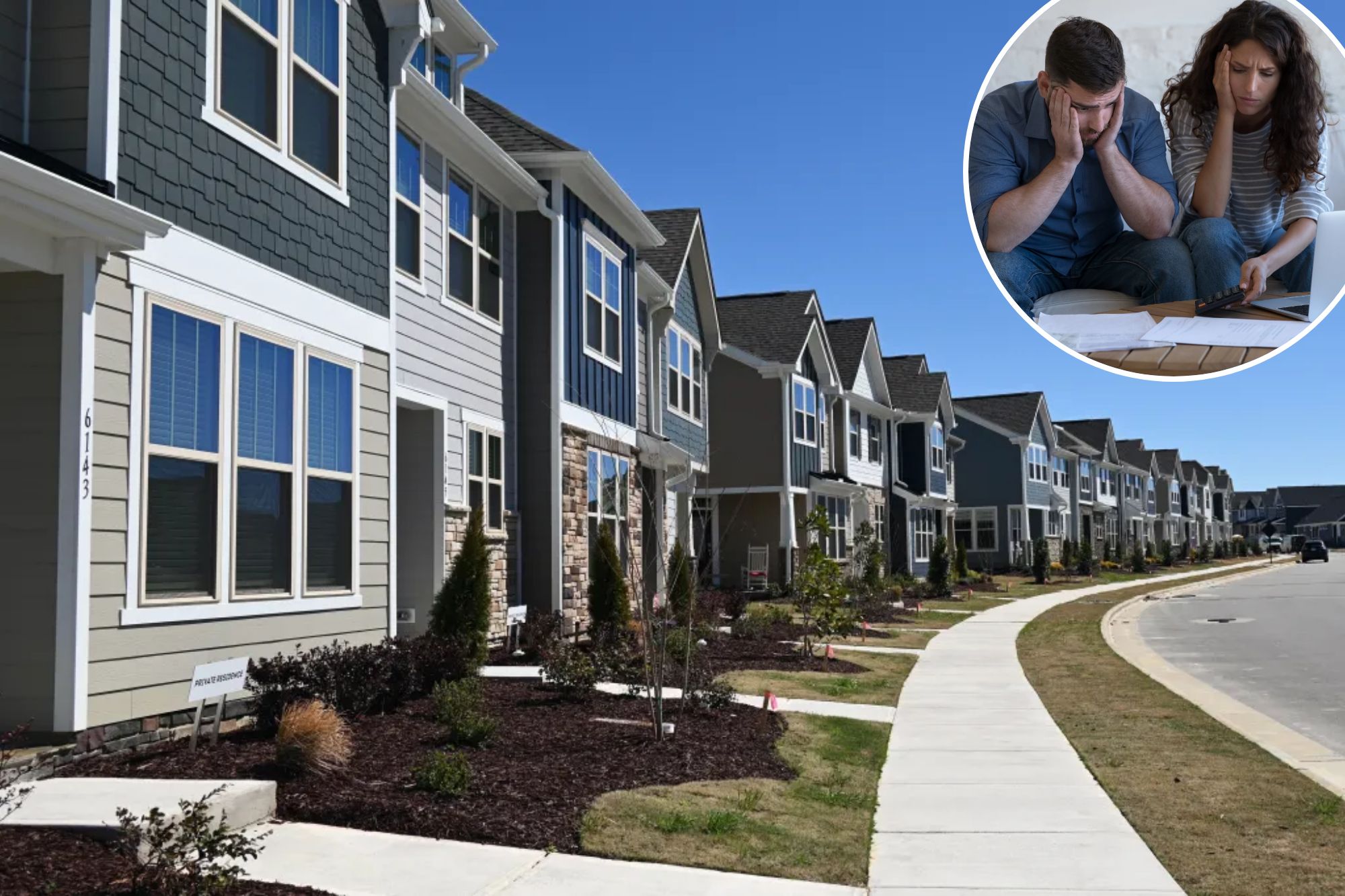T
he US housing market continues to face affordability challenges, with home prices remaining high and mortgage rates showing little sign of a significant drop. As a result, many potential buyers are waiting on the sidelines, but one group remains active: real estate investors.
According to data from BatchData, investor purchases have increased significantly over the past few years. Between 2020 and 2023, investors accounted for 18.5% of all home purchases, rising to over 26% by 2025. This surge is driven in part by foreign investors who view US real estate as a "hard asset" that can withstand economic volatility.
These sophisticated buyers often have cash or financing advantages, allowing them to navigate the market with ease. They typically don't live in the country and are comprised of lawyers, entrepreneurs, and financiers who would have high credit scores if they were based in the US.
Investor purchases may be helping to mask the sluggishness of the housing market, which has seen activity decline since 2022 due to rising interest rates and mortgage costs. New home sales dropped 13.7% in May, with the median price increasing 3% year-over-year to $426,600. Meanwhile, more deals are falling apart, with around 6% of pending home sales being canceled.
As inventory builds up and listings stay on the market longer, investors who aren't dependent on current mortgage rates are taking advantage of opportunities. Many are paying in cash or using home equity to finance new purchases, while first-time and mid-income buyers wait for rates or prices to drop.
Investor-owned homes now make up around 20% of the country's single-family houses, with most being held by smaller-scale landlords. About 85% of investor-owned homes are owned by those with 1-5 properties, while only 2.2% are in the hands of institutional investors who own 1,000 or more houses.

